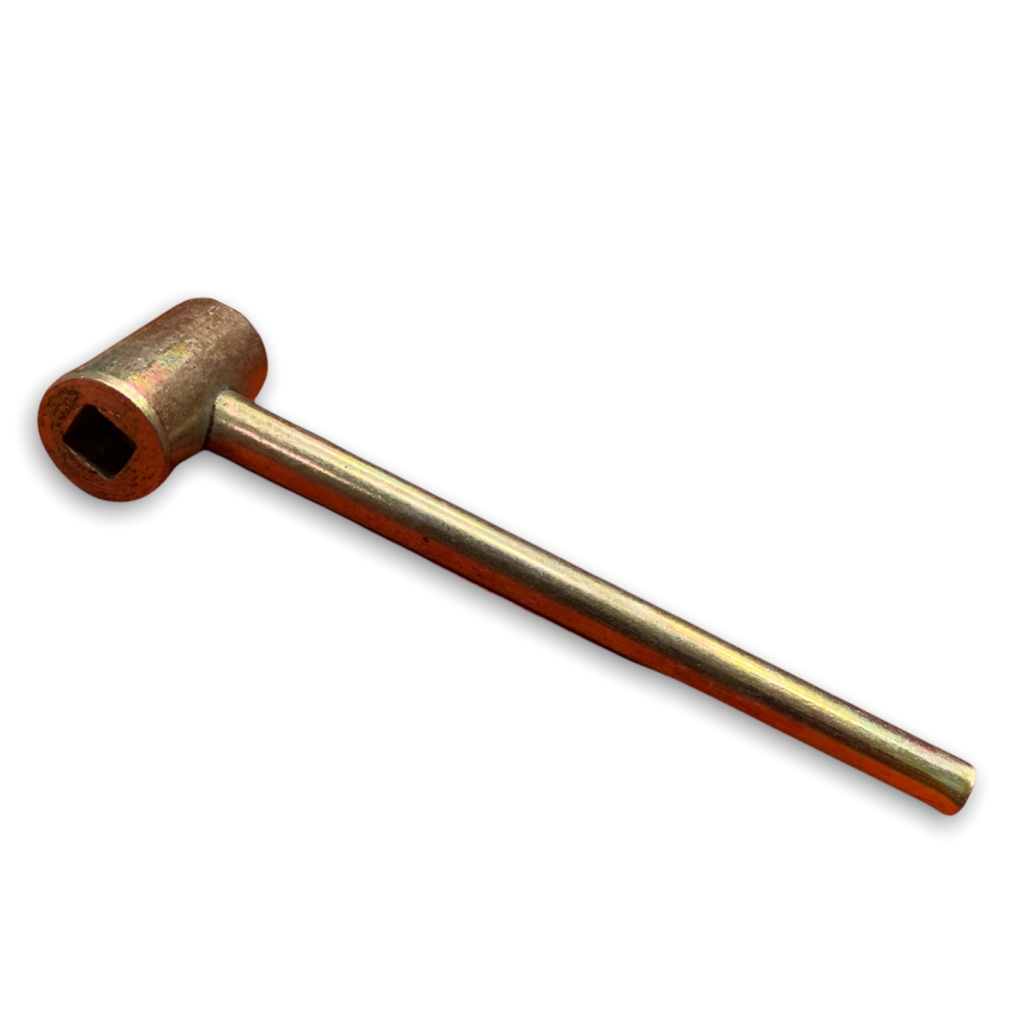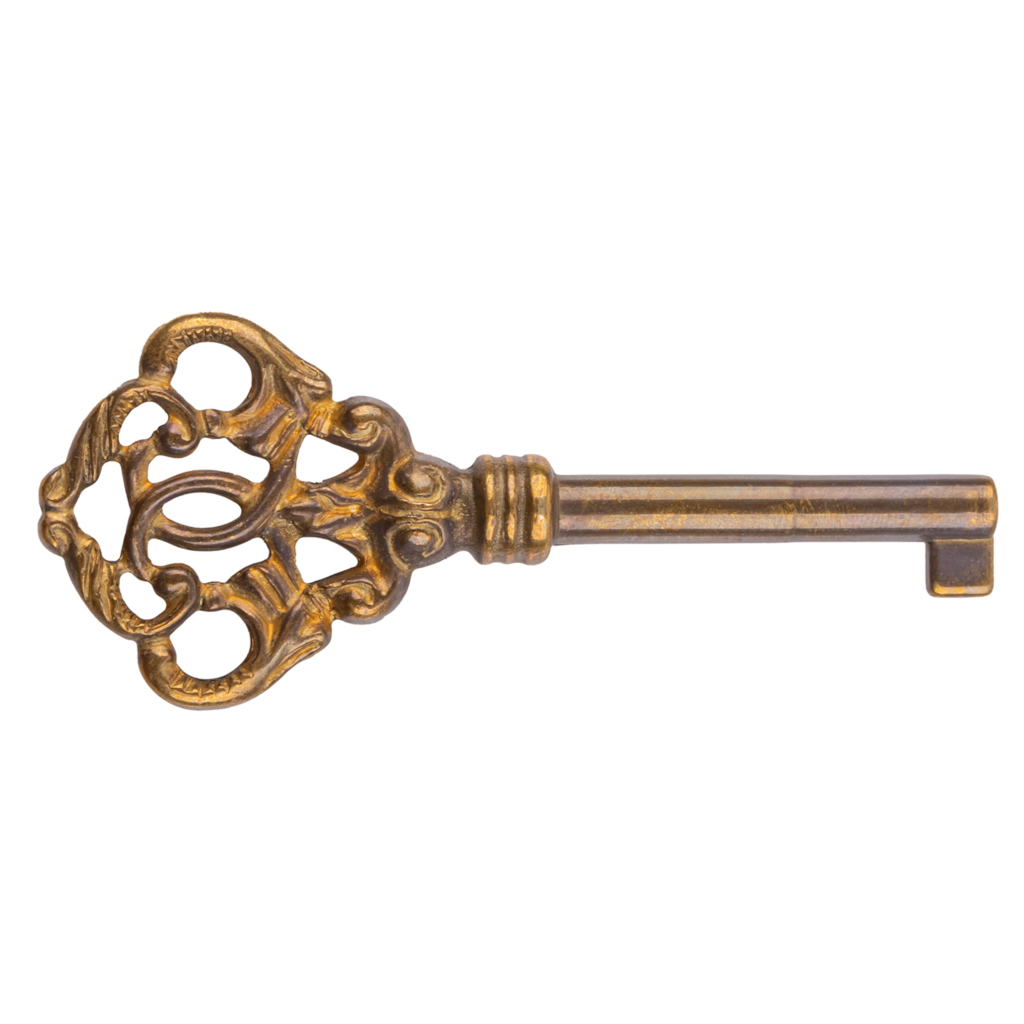Keys have been a fundamental part of security and access control for centuries. From traditional metal keys to modern electronic access solutions, the evolution of keys reflects advancements in technology and security measures. While most people are familiar with standard house and car keys, there are dozens of unique key designs with specific purposes. This article will explore 40 types of keys, their uses, and how they contribute to security and convenience in our daily lives.
Let’s unlock the world of keys!
Quick Bio
| Category | Details |
|---|---|
| Article Title | Types of Keys: 40 Unique Designs Explained |
| Main Topic | Different types of keys and their uses |
| Total Key Types | 40 |
| Common Key Types | Cylinder Keys, Mortise Keys, Master Keys, Skeleton Keys |
| Modern Key Types | Smart Keys, Transponder Keys, RFID Keys, Laser-Cut Keys |
| High-Security Keys | Abloy Keys, Dimple Keys, Cruciform Keys, Sidebar Keys |
| Vehicle-Specific Keys | Transponder Keys, VAT Keys, Valet Keys, Laser-Cut Car Keys |
| Electronic Access Keys | Key Cards, Magnetic Keys, RFID Keys, Smart Keys |
| Antique & Collectible Keys | Skeleton Keys, Barrel Keys, Bit Keys, Diary Keys |
| Special Purpose Keys | Handcuff Keys, Safe Deposit Box Keys, Diary Keys |
| Security Focus | Advanced lock mechanisms, anti-theft features, access control |
| Conclusion Summary | Keys come in various designs, each with a unique function, offering different levels of security and convenience. |
Most Secure Key Type Abloy Key, Smart Key, Sidebar Key

1. Cylinder Keys
Cylinder keys are among residential and commercial buildings’ most commonly used keys. These keys are designed to work with pin tumbler locks, where a series of pins inside the lock align with the key’s cuts to allow it to turn. Cylinder locks are highly customizable, making rekeying or replacing them easy if security needs change. Their widespread use in homes, offices, and businesses makes them one of the most recognizable key types.

2. Mortise Keys
Mortise keys are used in mortise locks commonly found in older buildings and commercial properties. These long keys typically have a complex cut pattern, making them more resistant to lock-picking attempts. Mortise locks provide excellent security, and their sturdy construction makes them a popular choice for doors that require added protection.

3. Skeleton Keys
Skeleton keys, also known as passkeys, were historically used to unlock multiple locks of the same type. These keys have a simple design with minimal grooves, allowing them to bypass basic locking mechanisms. While they are not commonly used for security today, they hold historical significance and are often collected as antiques.
4. Tubular Keys
Tubular or barrel keys have a circular design with grooves cut into the outer surface. These keys are typically used for vending machines, bike locks, and high-security cabinets. Their unique design makes them more challenging to pick than traditional flat keys.
5. Smart Keys
Smart keys use wireless technology, such as radio frequency identification (RFID) or Bluetooth, to communicate with locks. These keys are commonly used in modern cars and smart home systems, allowing keyless entry and push-button ignition. Some smart keys can be managed through smartphone apps, making them a convenient and secure alternative to traditional metal keys.
6. Transponder Keys
Transponder keys are primarily used in vehicles and contain an embedded microchip that communicates with the car’s immobilizer system. If the correct signal is not detected, the vehicle will not start. This technology has significantly reduced car theft rates by making it harder for thieves to hotwire vehicles.
7. Key Cards
Key cards are widely used in hotels, office buildings, and secured facilities. They use magnetic strips or RFID technology to grant access to designated areas. Unlike metal keys, key cards can be easily reprogrammed or deactivated if lost, making them a flexible and secure access solution.
8. Double-Sided Keys
Double-sided keys have cuts on both sides, allowing them to be inserted into the lock in either orientation. These keys are commonly used in automotive locks, deadbolts, and high-security padlocks.
9. Master Keys
A master key is designed to open multiple locks within a system, while individual locks have their unique keys. This key type is commonly used in hotels, office buildings, and apartment complexes where authorized personnel need access to various rooms or units.
10. Paracentric Keys
Paracentric keys feature an intricate cut design that makes them resistant to lock picking. They are commonly used in high-security facilities, such as prisons and government buildings, where preventing unauthorized access is critical.
11. Abloy Keys
Abloy keys are designed for high-security locks that use a unique rotating disc system instead of traditional pins and tumblers. These keys are complicated to pick and are often used in critical infrastructure, such as utility stations and government offices.
12. Dimple Keys
Dimple keys have small round holes (dimples) instead of traditional cuts. These holes correspond to pins inside the lock, creating a more secure mechanism that is difficult to pick. Dimple locks are commonly used in residential security systems and high-security doors.
13. Cruciform Keys
Cruciform or cross keys have four sets of teeth arranged in a cross shape. These keys provide added security due to their complex design, making them harder to duplicate or pick. They are often found in high-security safes and doors.
14. Laser-Cut Keys
Laser-cut keys have thicker and more precise cut patterns than standard, mechanically cut keys. They offer enhanced security and are commonly used to prevent unauthorized duplication in modern vehicles.
15. Magnetic Keys
Magnetic keys use magnets embedded inside the key to align with corresponding magnets inside the lock. Because of their tamper-resistant design, these keys are often used in hotels, safes, and industrial access control systems.
16. VAT Keys (Vehicle Anti-Theft Keys)
VAT keys have a small resistor chip inside, which must match the car’s security system for the vehicle to start. They provide an additional layer of security against car theft.
17. Skeleton Padlock Keys
Unlike traditional skeleton keys, skeleton padlock keys are designed to open antique or decorative padlocks. These keys are often collected as historical artifacts.
18. Diary Keys
Diary keys are minor and used for locking personal journals or diaries. Though not designed for high security, they offer privacy for personal belongings.
19. Handcuff Keys
Handcuff keys are used by law enforcement and security personnel to unlock handcuffs. They are small, universal, and often carried discreetly.
20. Valet Keys
Valet keys are designed to provide limited access to a vehicle. While they allow someone to start the car and drive, they typically restrict access to the glove compartment and trunk.
21. RFID Keys
RFID keys use radio frequency signals to unlock doors. These keys are commonly used in office buildings, parking garages, and smart home systems.
22. Safe Deposit Box Keys
These specialized keys are used for bank safe deposit boxes and often require dual-key access, meaning both the customer’s key and the bank’s master key are needed to open the box.
23. Bit Keys
Bit keys are used in warded locks with a simple rectangular bit that aligns with the lock’s internal mechanism.
24. Barrel Keys
Barrel keys have a hollow shaft and are typically used for antique locks.
25. Sidebar Keys
Sidebar keys work with locks that require the key to engage a sidebar mechanism before the cylinder can turn.
FAQs
What is the most secure type of key?
The most secure keys include Abloy, Dimple, and smart keys because they use advanced locking mechanisms that are difficult to pick or duplicate.
What is the difference between a master key and a regular key?
A regular key only opens one specific lock, while a master key is designed to open multiple locks within a system, providing controlled access in buildings like offices and hotels.
How do smart keys work?
Smart keys use wireless technology, such as RFID or Bluetooth, to communicate with locks. They allow keyless entry; cars enable push-button ignition for added convenience and security.
Conclusion
Keys come in various designs, each serving a unique purpose. From traditional metal keys to modern digital access solutions, the evolution of keys reflects the ever-changing landscape of security technology. While some keys are designed for everyday use, others are tailored for high-security applications that demand advanced protection. Understanding the different types of keys can help you choose the best security solution.
Read More Blogs About : Quick Blaster














